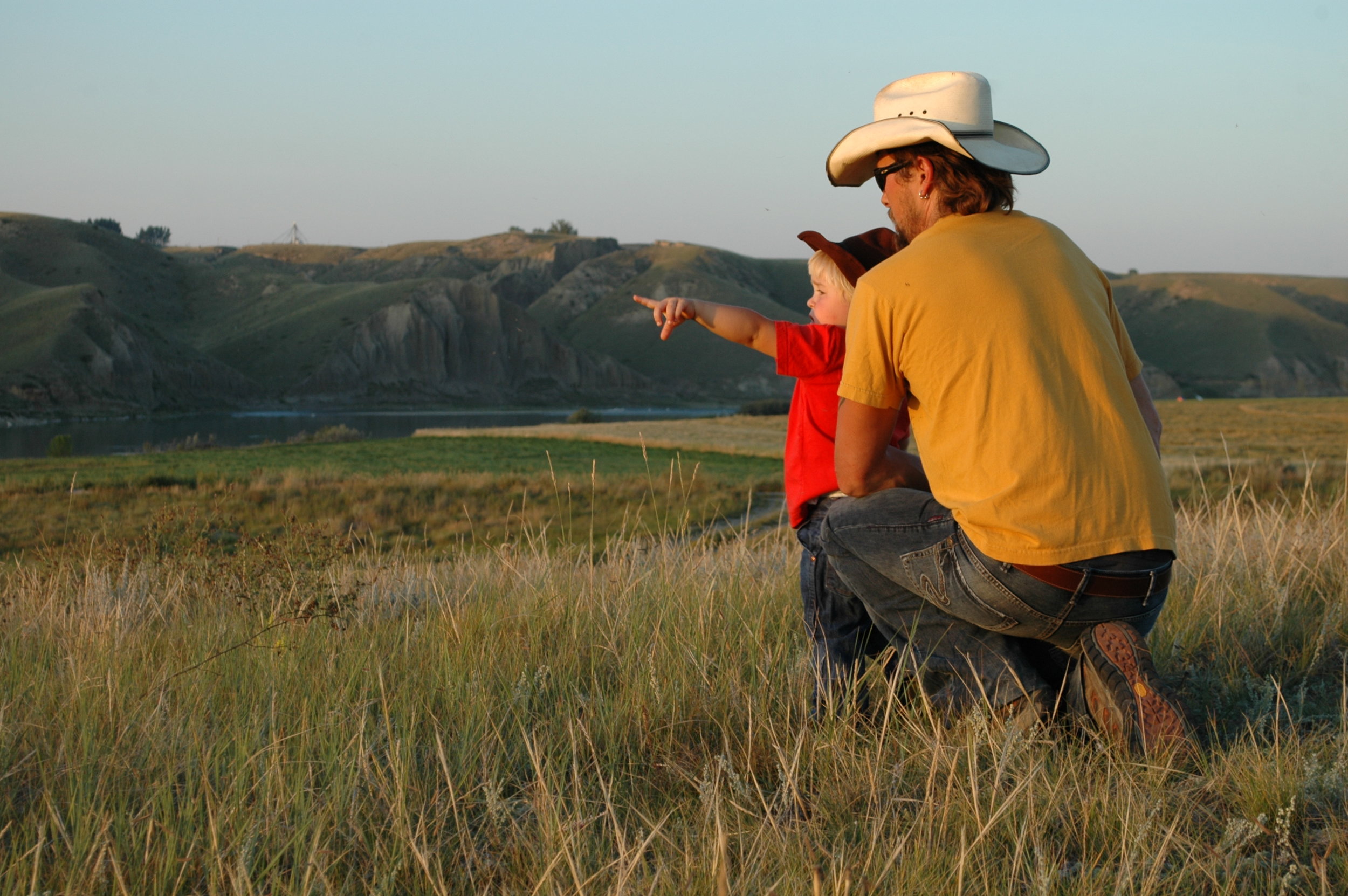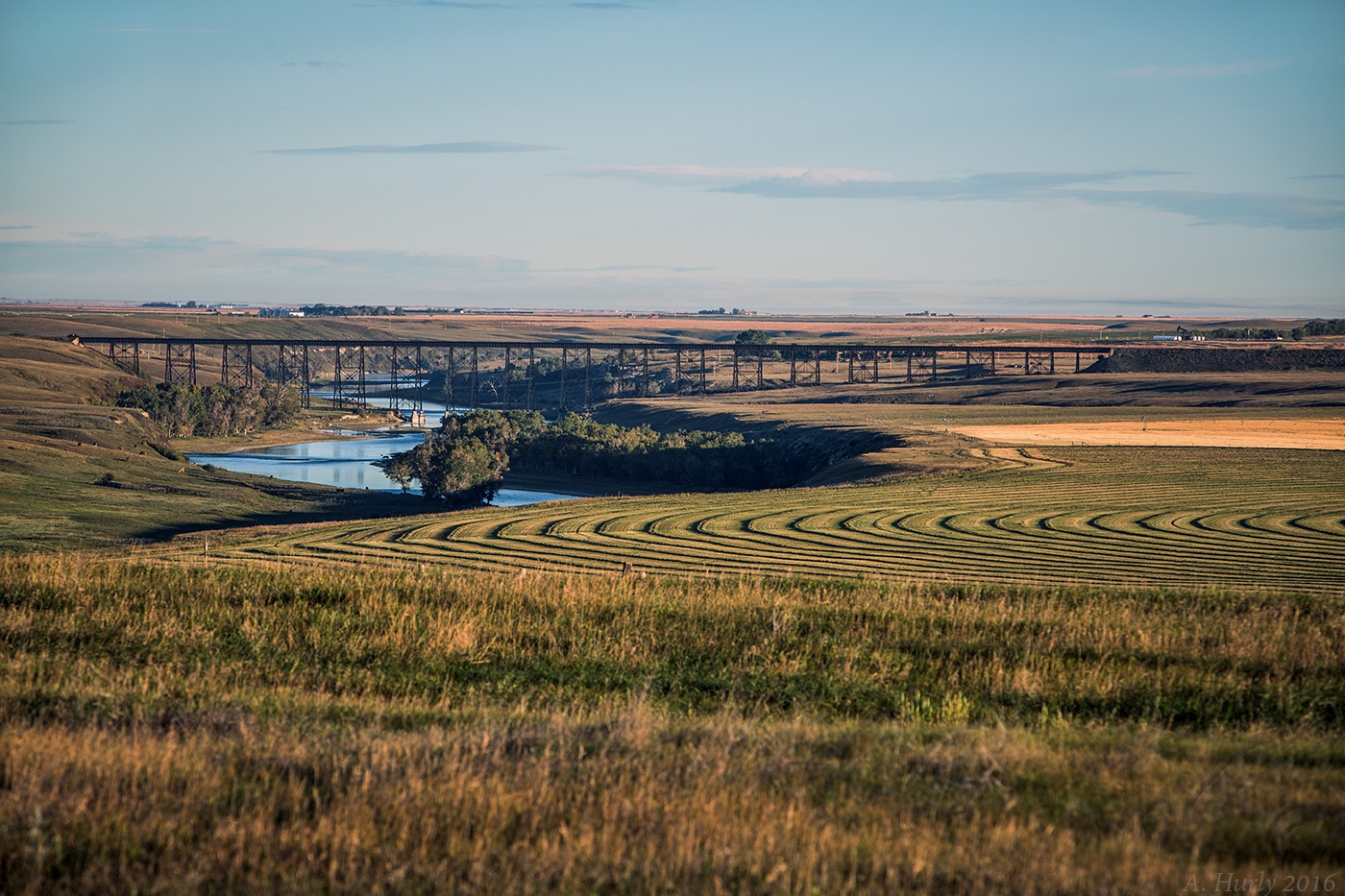OVERVIEW
The Oldman Integrated Watershed Management Plan (IWMP)
is a collaborative effort of the entire watershed community. It is informed by scientific research and achieved through stakeholder-led, action-oriented goals.
Our strategic plan includes 8 goals that were developed based on the State of the Watershed Report, surveys, interviews, online questionnaires, and watershed risk assessments that were undertaken in an extensive stakeholder consultation process. Simply put, the IWMP is based on you, and your vision for the future of our watershed.
The objective of the OWC's Integrated Watershed Management Plan (IWMP) is to engage and empower watershed residents and decision-makers. Together, we determine environmental outcomes and develop implementation strategies to improve the health and integrity of the Oldman watershed.
“Citizens, communities, industry and government must share responsibility for water management… and work together to improve conditions within their local watershed. ”
THE 8 GOALS
Everything the OWC does is guided by these eight priority goals:
Goal 1: Improve the understanding and strengthen the commitment of residents to the health of the Oldman watershed.
Goal 2: Optimize the availability of water for the natural ecosystem while supporting the social and economic needs of the community.
Goal 3: Manage and protect the integrity of headwaters and source waters.
Goal 4: Identify and prioritize thresholds to manage threats and impacts on terrestrial and aquatic habitats.
Goal 5: Understand groundwater and how it interacts with surface water.
Goal 6: Identify water quality outcomes and assess factors impacting them for adaptive watershed management.
Goal 7: Prevent and control invasive species.
Goal 8: Understand the status and implications of emerging contaminants.
Through the IWMP process, it is recognized that watershed management and health is a long-term and shared responsibility, addressing cumulative effects and offering solutions for maintaining and improving watershed health.
An IWMP sets specific environmental targets and outlines how they will be achieved through the development of action plans. In order for these action plans to be successfully implemented, they will require the participation of the multi-stakeholder base within the watershed. An IWMP also makes recommendations to governments based on community input in order to encourage positive changes to law and policy that will benefit current residents and future generations. The OWC's role in the IWMP process is to facilitate discussion and build partnerships, provide recommendations to decision-makers, and lead in areas where OWC members and staff can provide guidance and initiate action.
The IWMP process is iterative, participatory, and collaborative. The IWMP focuses on the environmental needs of the watershed with consideration of social, cultural, and economic needs. It works to find ways to support people and communities while maintaining and improving watershed integrity. Recognizing that a strong, resilient economy depends on a healthy environment, working together for watershed integrity is a foundation for a sustainable future.
We are implementing the goals through our many initiatives. Watershed work is also people work, and the process of engaging stakeholders adapts as the watershed, its people, and its politics change. Our research and projects are based on processes of adaptive management, with continual improvement over time to achieve desired outcomes for watershed health.
HISTORY OF THE IWMP
The Community Vision articulates how we want our future watershed to look; the State of the Watershed Report tells us how near or far we are from our Community Vision, and the Integrated Watershed Management Plan defines what we need to do to reach our Community Vision.
The Integrated Watershed Management Plan for the Oldman Watershed was developed in three successive phases. Each phase in the IWMP process built on and integrated the best available science and local knowledge while having the ability to adapt to changing priorities and improve understanding of the condition of the watershed. The IWMP follows a path of watershed community and stakeholder engagement, issue identification, research, planning, and implementation that leads to issue resolution. The planning process of the IWMP links to the Government of Alberta planning initiatives current to the time, such as the Land-Use Framework and the South Saskatchewan Regional Plan (SSRP).
IWMP Phase 1: Vision for the Oldman Watershed
The Science: The State of the Watershed Report (SOW) provides a snapshot of the entire watershed under current land use and hydrological conditions. As an essential foundational report for the IWMP process, the OWC completed the Oldman River State of the Watershed Report in 2010. In addition to assessing the health of the Oldman watershed, the SOW provided the necessary scientific information to inform the Oldman Watershed Council Planning Priorities processes for the Integrated Watershed Management Plan. The SOW identifies knowledge gaps, future trends, and developments and provides recommendations for action and best management practices.
The Social: This phase involved the formation of the Integrated Watershed Management Plan Visioning Team in late 2008. Through interviewing and surveying stakeholders, the team ensured cultural, economic, environmental, and social values were represented. This phase of the planning process compliments the scientific components of the State of the Watershed Report (SOW). In the spring of 2010, the IWMP released the Community Vision and qualitative Outcomes Statements.
Community Vision:
A healthy, resilient watershed where people, wildlife, and habitat thrive
Outcome Statements:
Environmentally aware, responsible, and motivated watershed residents
A safe and secure water supply
Balanced allocations and wise management of water
Abundant, healthy, and biologically diverse aquatic and terrestrial ecosystems in particular riparian areas, native grasslands, headwaters, native fish, and forested areas
Land managed for multiple uses with minimal impact on natural, cultural, and historical assets
IWMP Phase 2: Identifying and Prioritizing Risks
Phase 2 combined the scientific knowledge from the State of the Watershed report with the qualitative outcomes developed in Phase 1 and used that information to set priorities and risks for the Oldman watershed. The initial step of this phase was the formation of the IWMP Core Team in the fall of 2010. 53 stakeholders were invited to participate on the Core Team and from that list, based on response and interest, a key set of 37 stakeholders representing a multitude of sectors were brought together to form the IWMP Core Team. The goal of the Core Team was to set priorities and identify risks in the Oldman Watershed.
Four 1-2 day workshops were held with the Core Team, and through their focused work, 34 Risk Statements to the Community's Vision for the watershed were identified and prioritized using a consensus-based approach. A consensus-based approach ensures a general agreement among stakeholders and although not all stakeholders may agree to the same extent, they can support the decisions made without compromising important needs and values. This approach also provides participants with a broader understanding of the multitude of stakeholder concerns and interests related to the watershed.
Of the 34 Risk Statements, the top 10 were identified by the Core Team in order to narrow the focus on specific issues that an Integrated Watershed Management Plan must address. The Process Summary and Recommendations report for phase 2 was completed in early 2011.
Related Documents
IWMP Phase 2: Fact Sheet
IWMP Phase 2: Frequently Asked Questions
IWMP Phase 2: Process Update
IWMP Phase 3: setting goals, promoting action
Phase 3 involved narrowing down the 34 Risk Statements from Phase 2 and compiling them into 8 action-oriented Goals. The 8 Goals represent the Risk Statements that were considered priorities to encourage stakeholder action in order to improve the Oldman watershed. A Watershed Planning Team, appointed by the OWC's Board of Directors, considered all the information collected from the Oldman River State of the Watershed Report and from the IWMP Phases 1 and 2 to formulate the 8 Goals. In December 2011, the Oldman Watershed Council released Priorities for the Oldman Watershed: Promoting action to maintain and improve our watershed.
The eight goals of the Oldman IWMP are addressed through successive efforts in the greater watershed community. Goals involved the development of specific targets, actions, and recommendations provided to decision-makers in order to achieve the desired outcomes of each goal. These goals are the foundation of the Integrated Watershed Management Plan, outlining a community-involved and scientifically-backed process that addresses priority land and water resource issues across the watershed.















